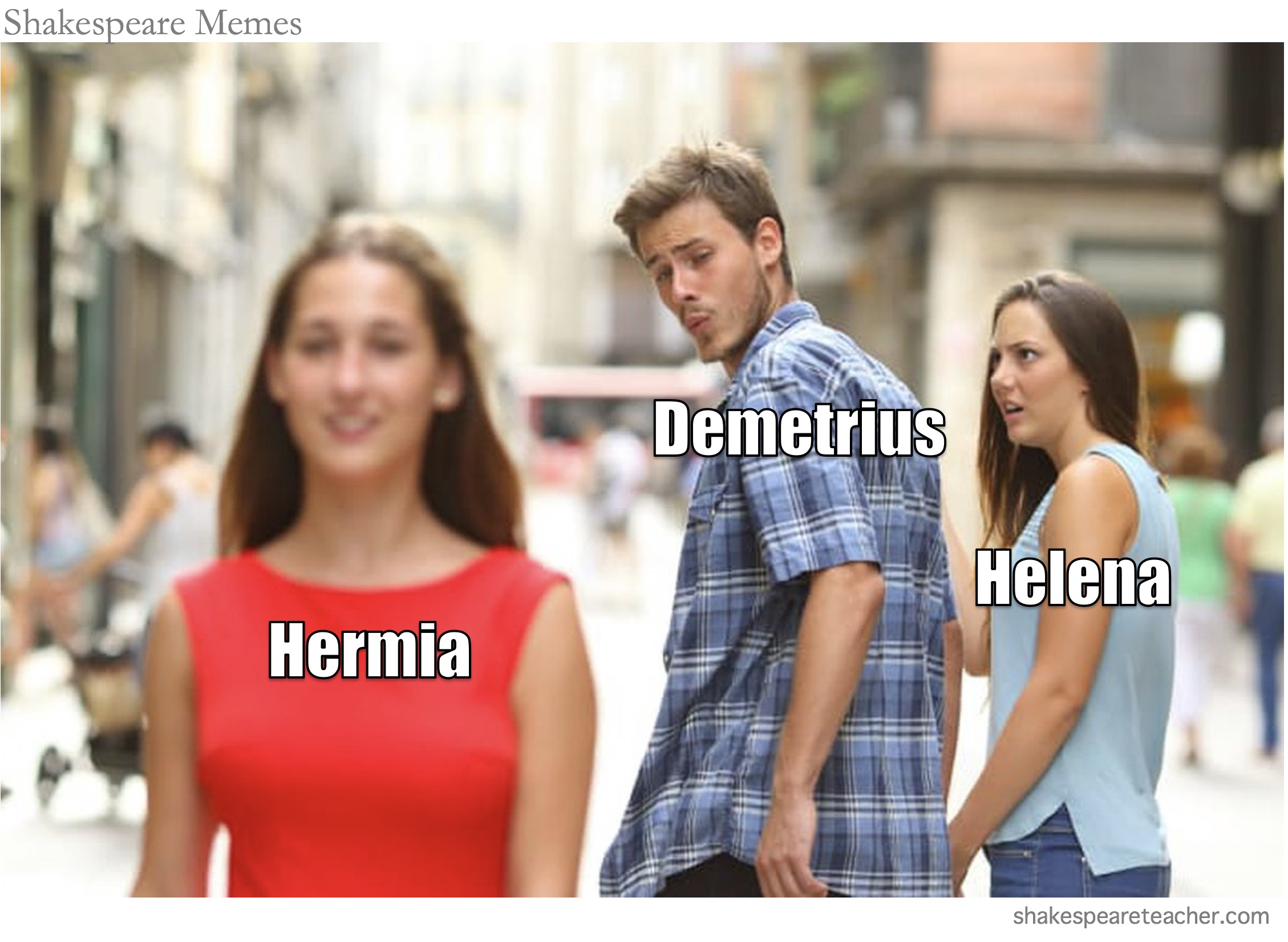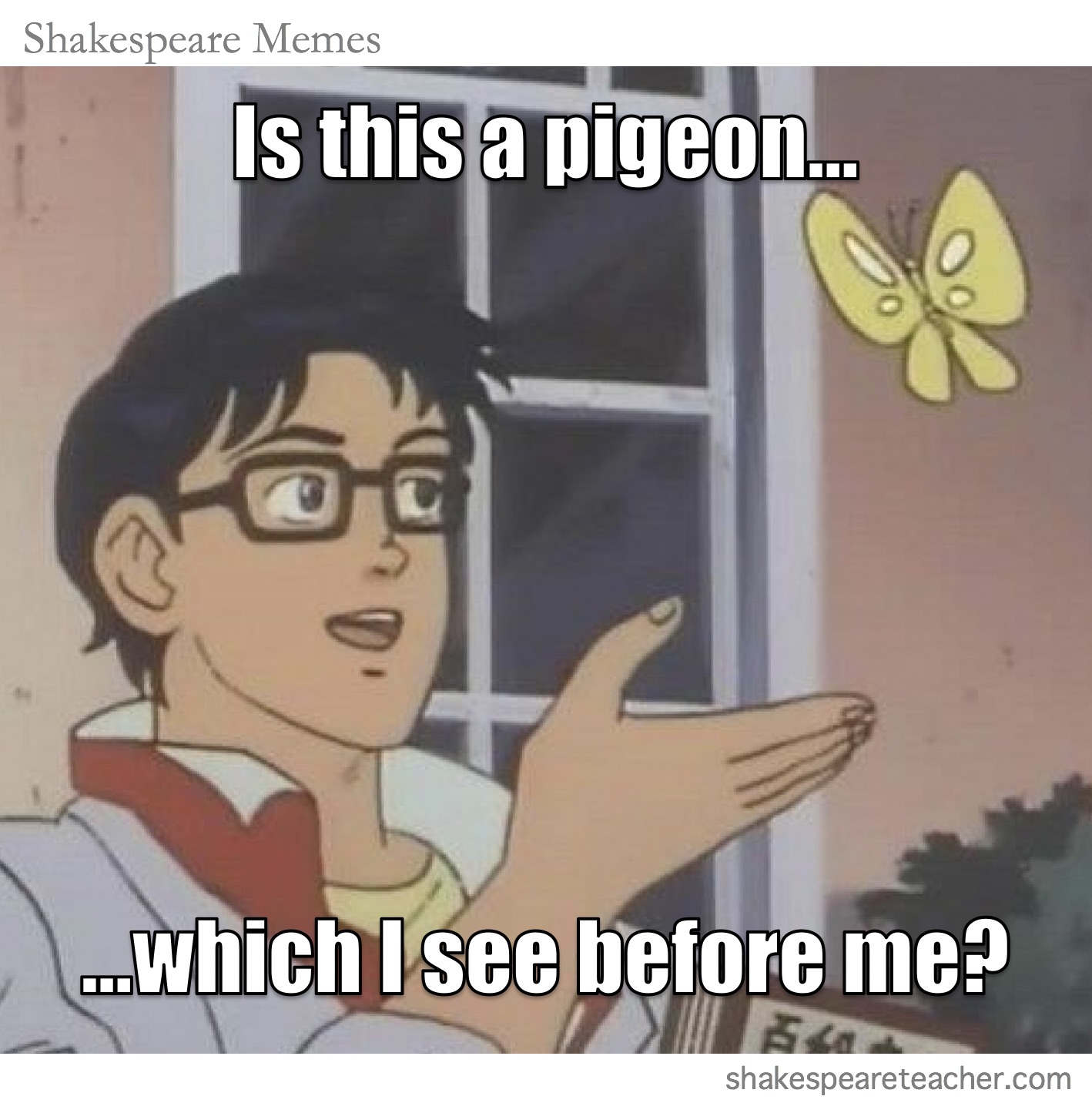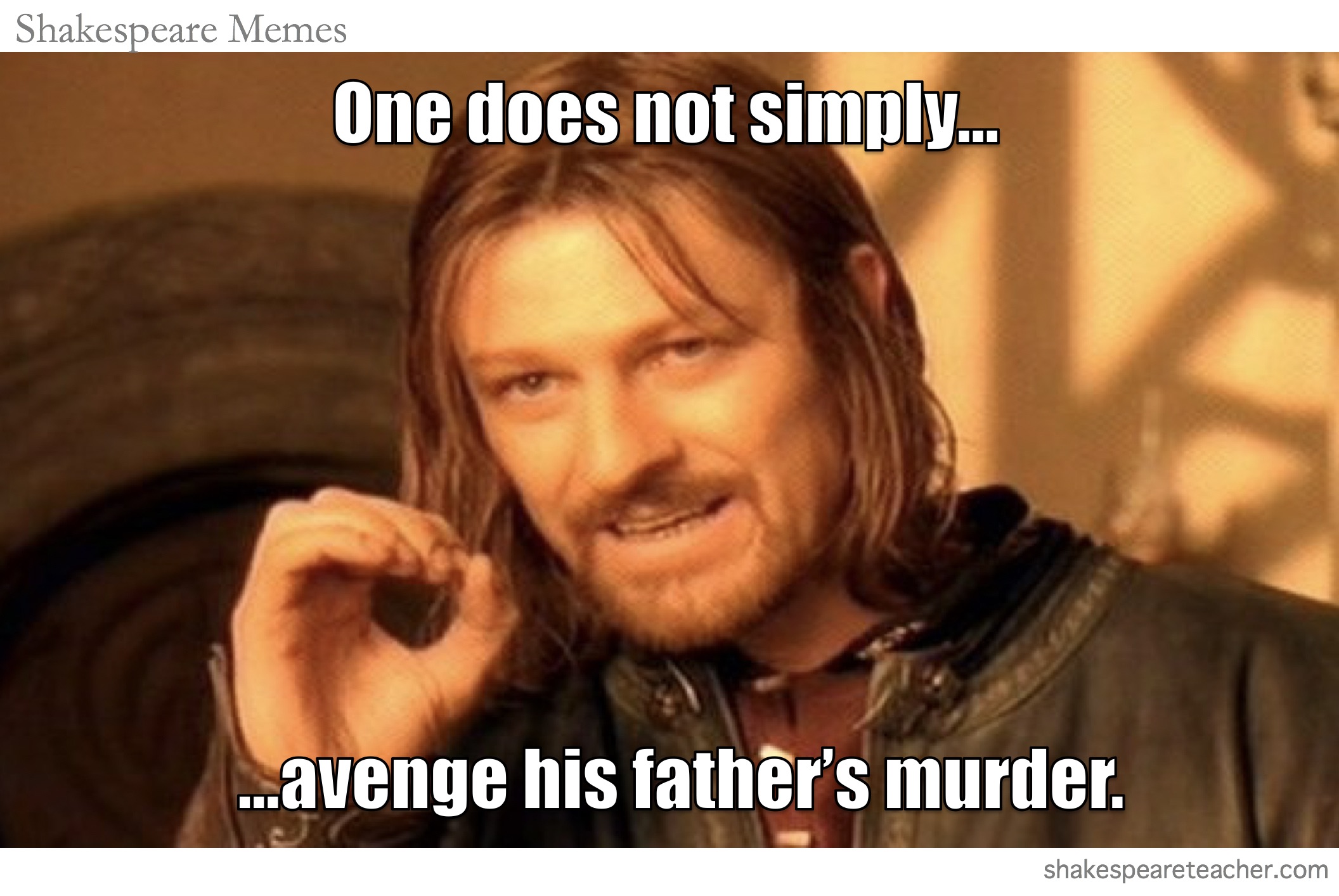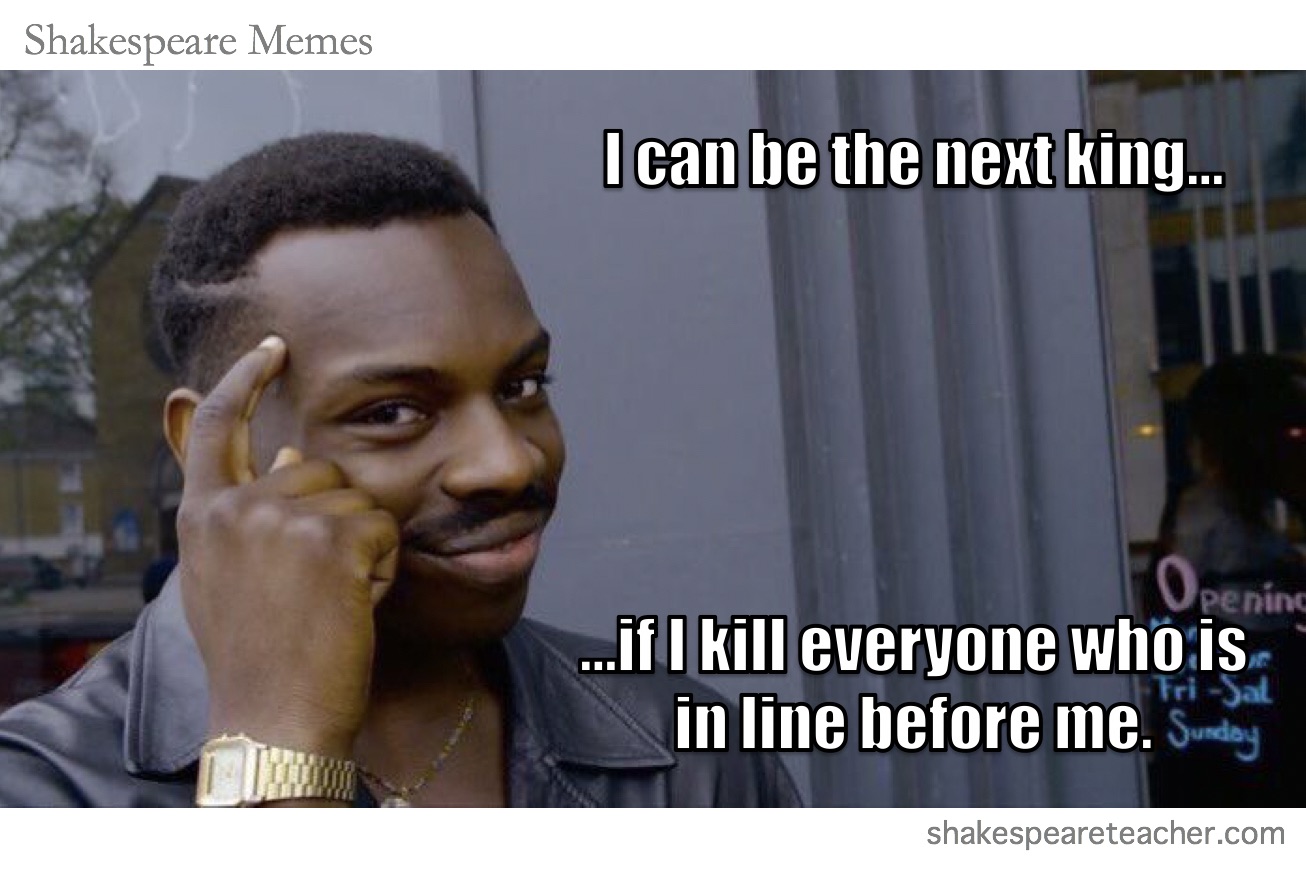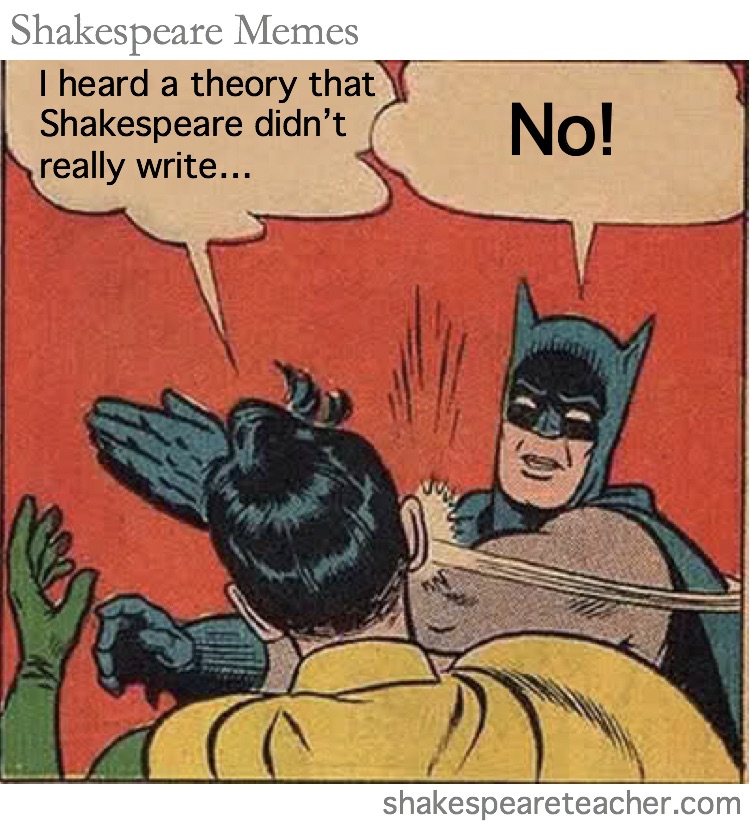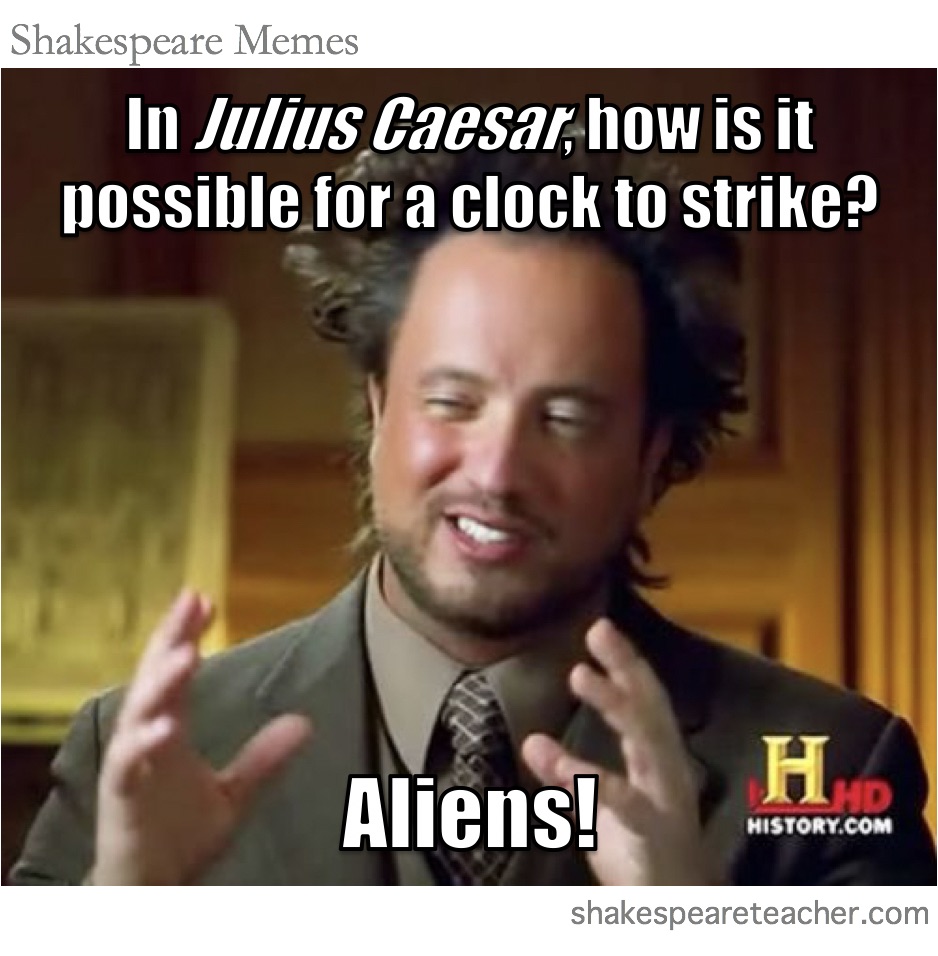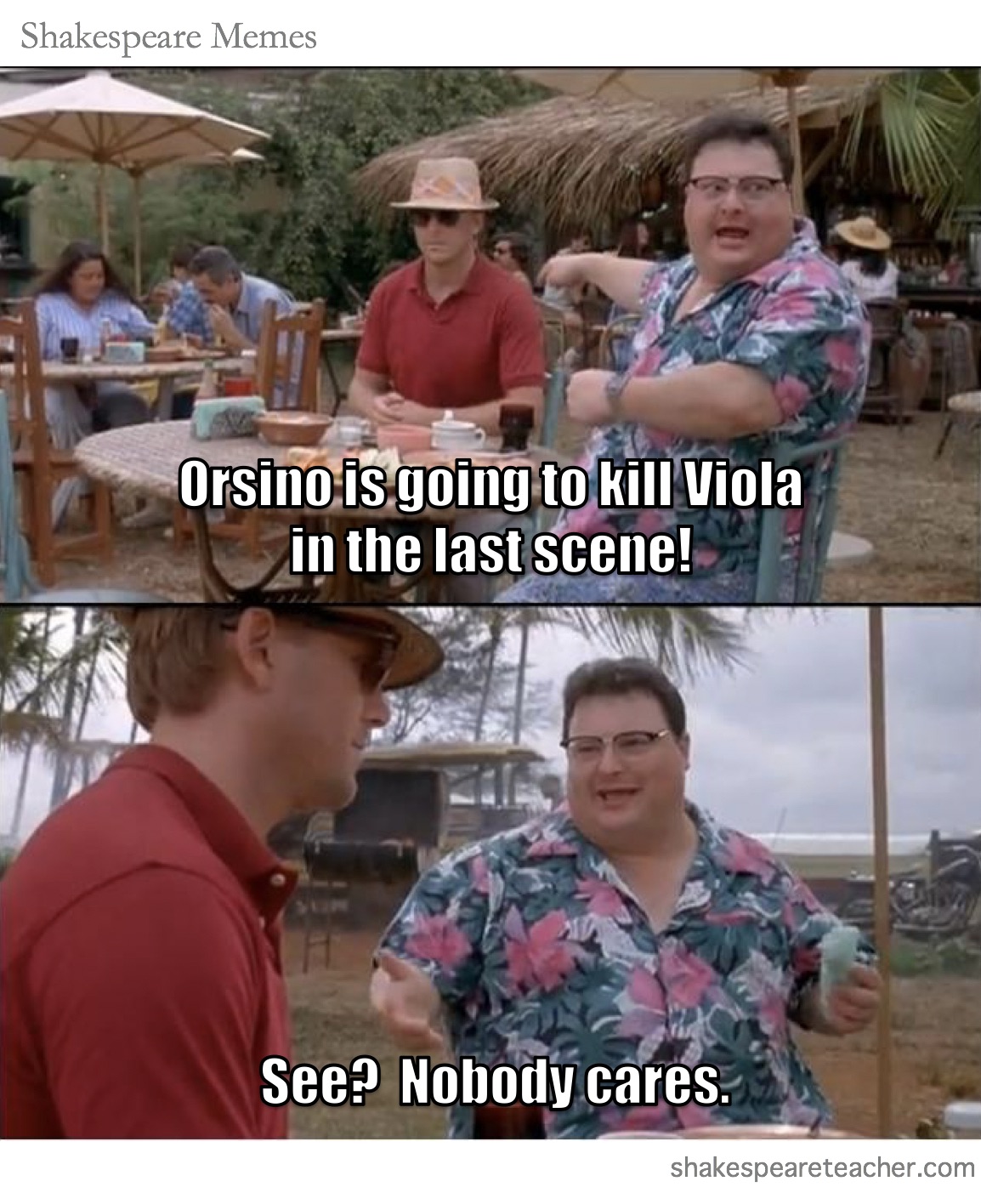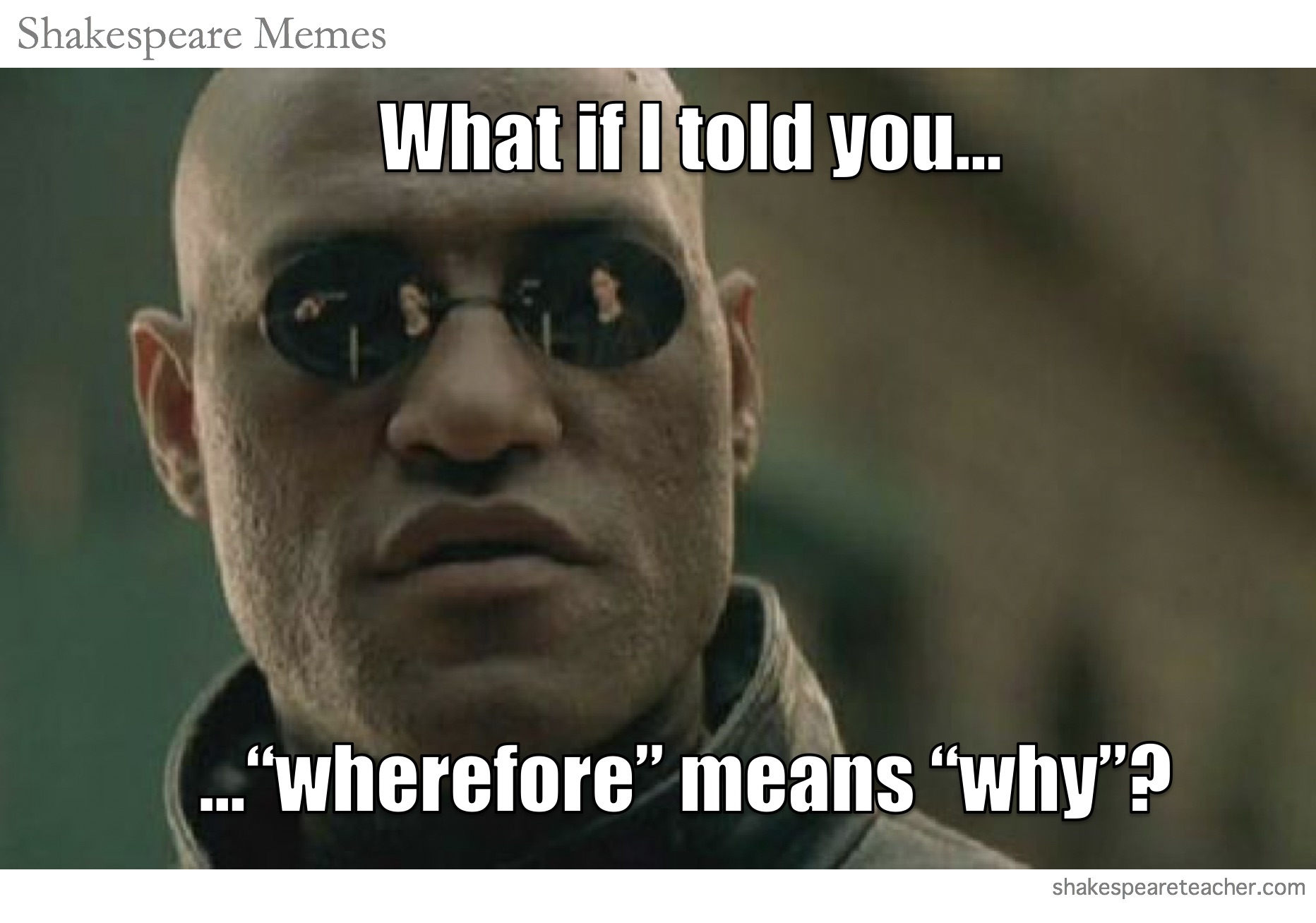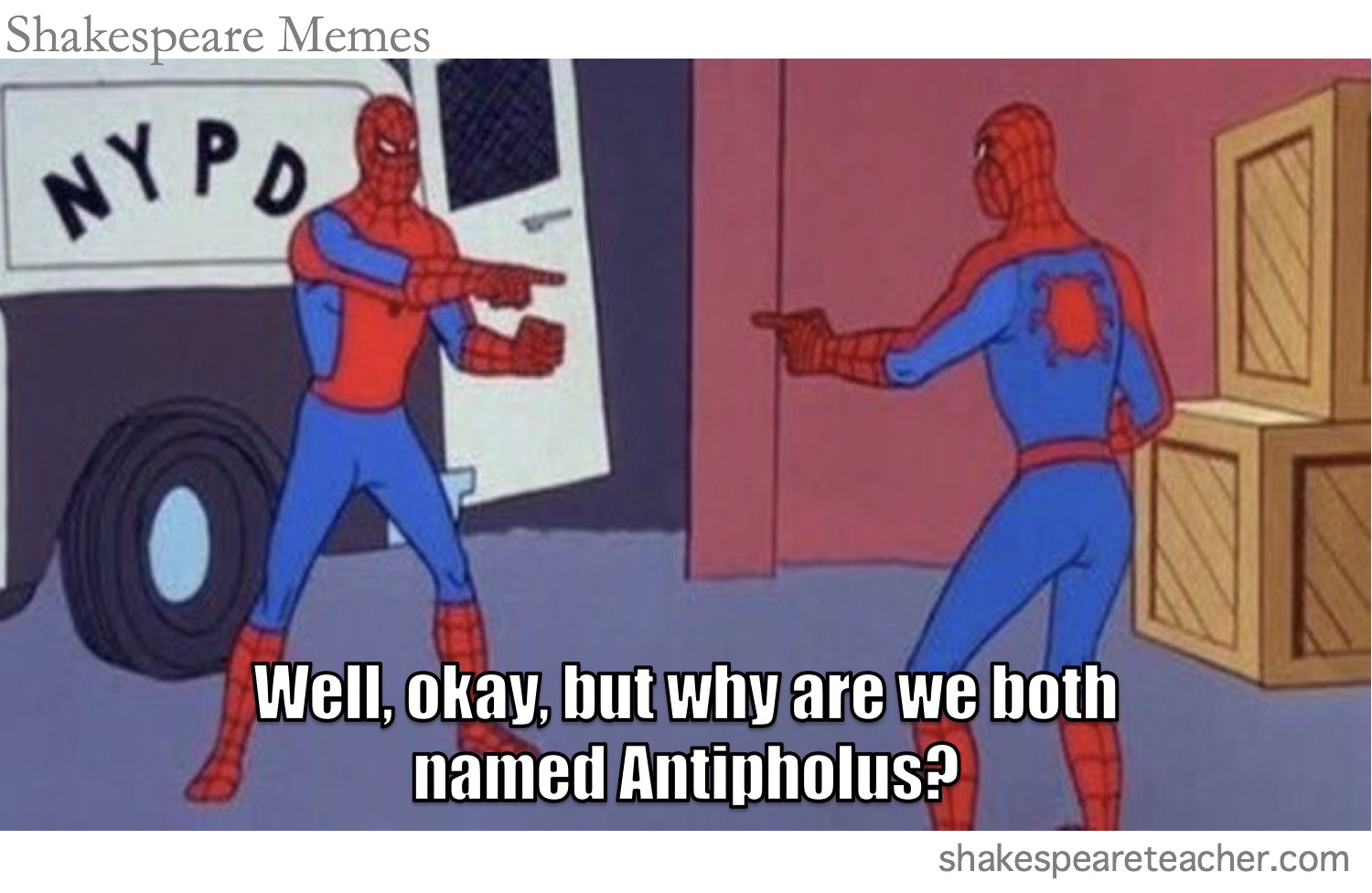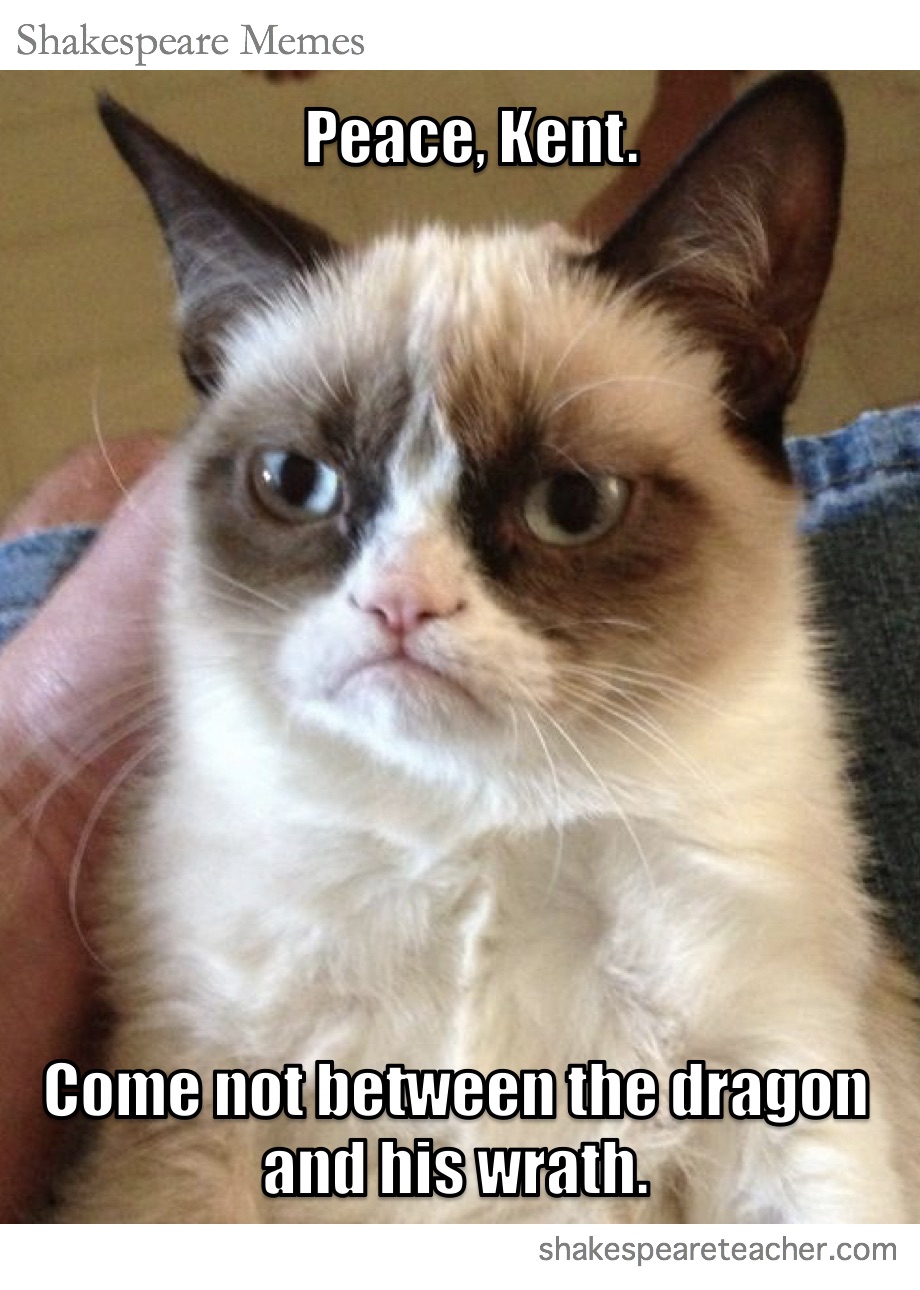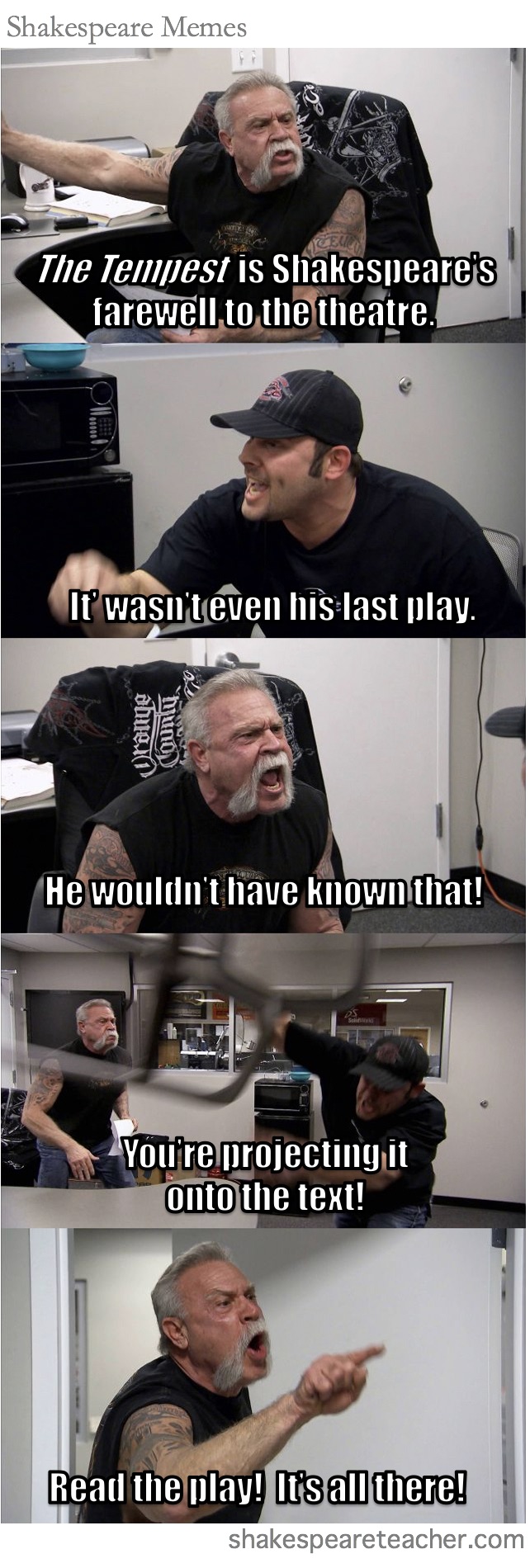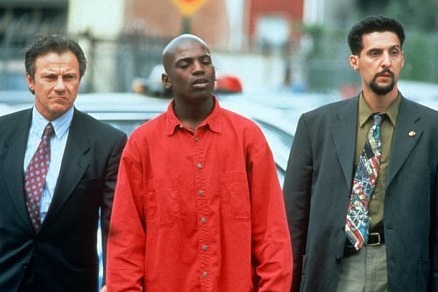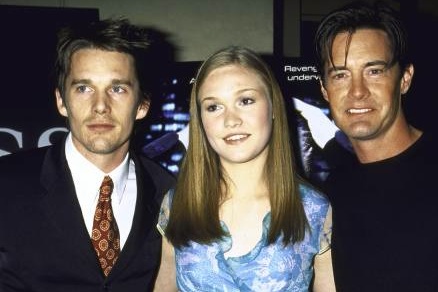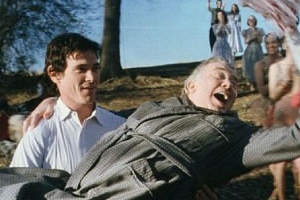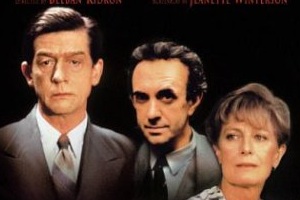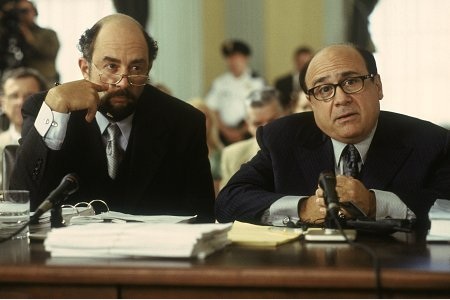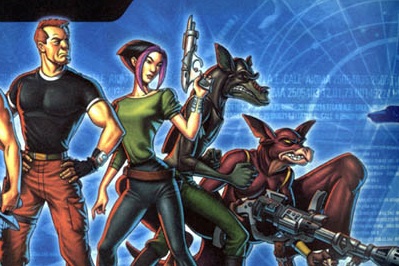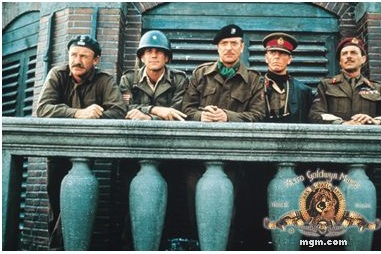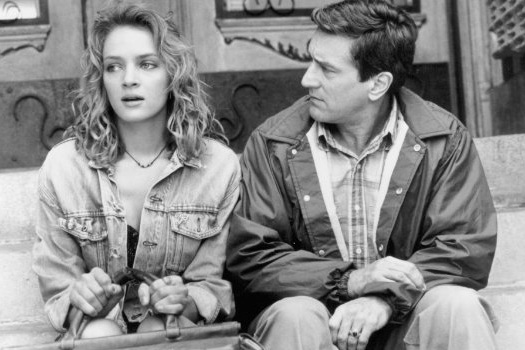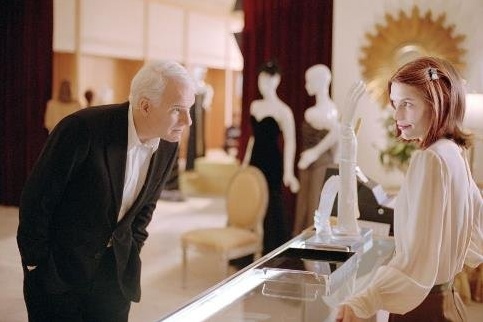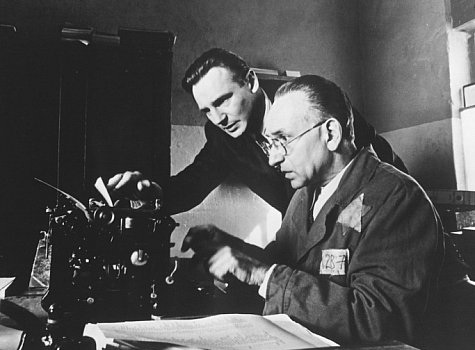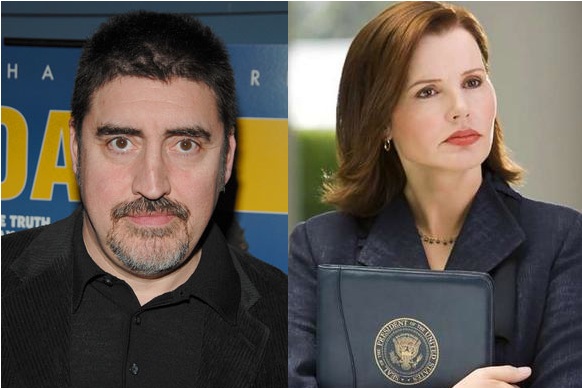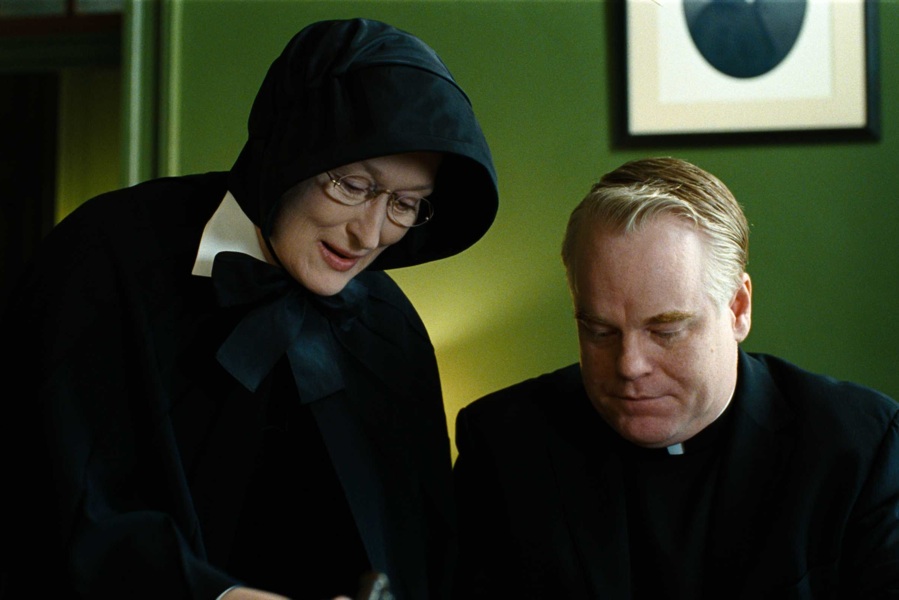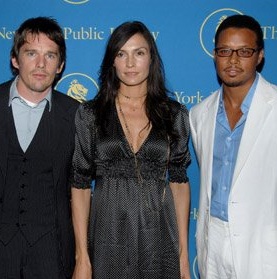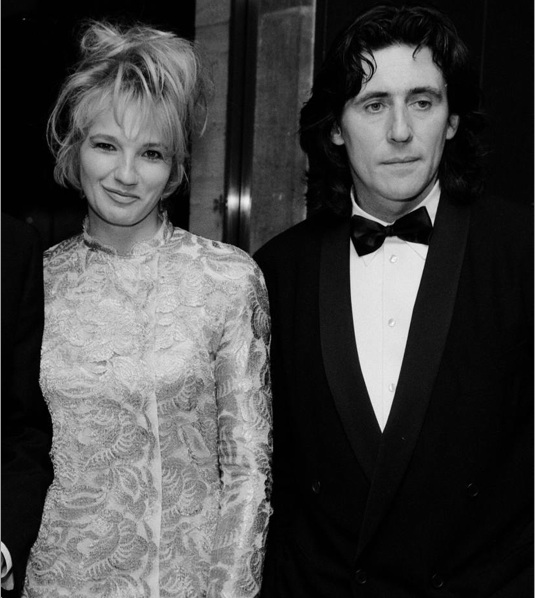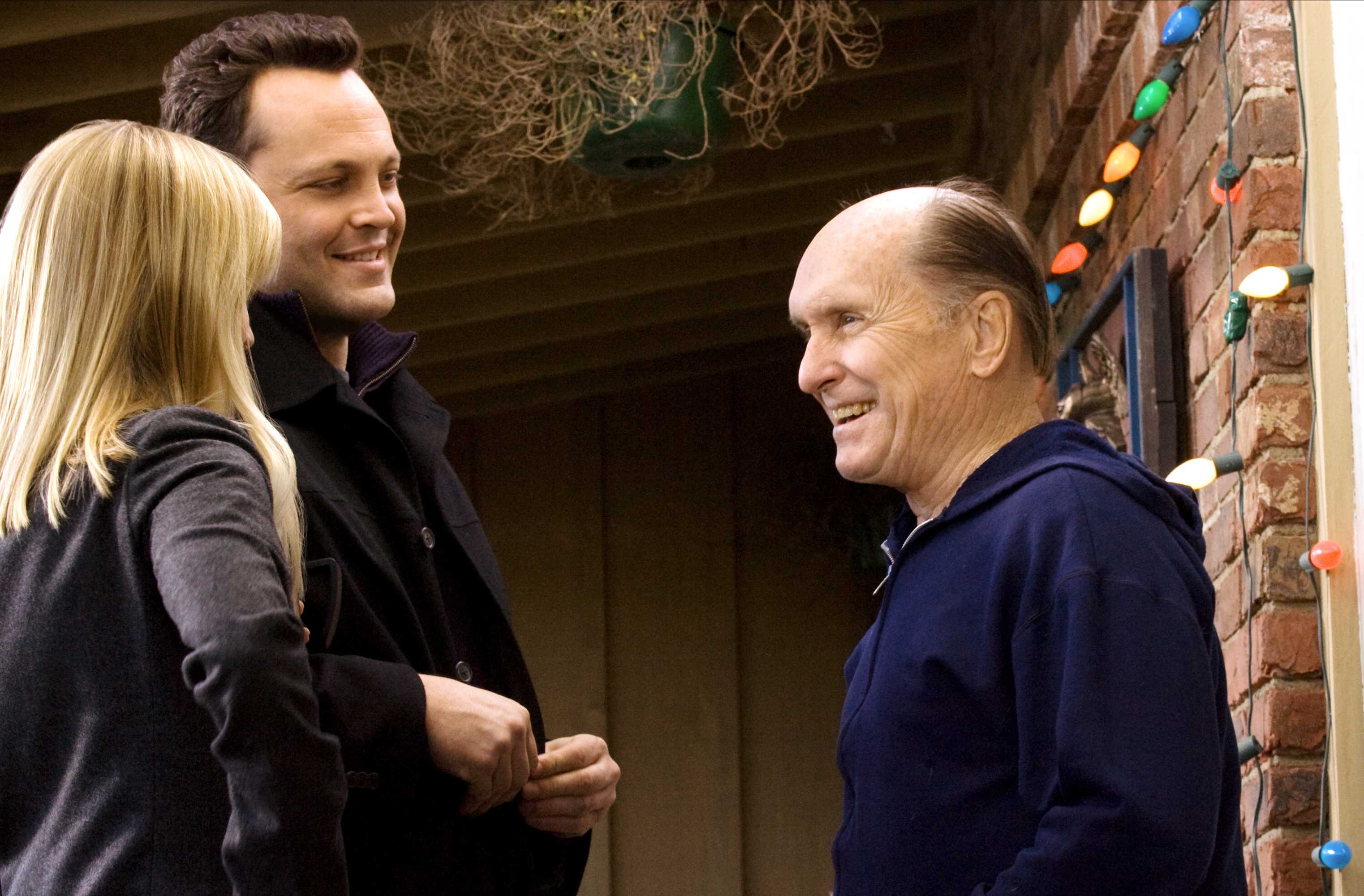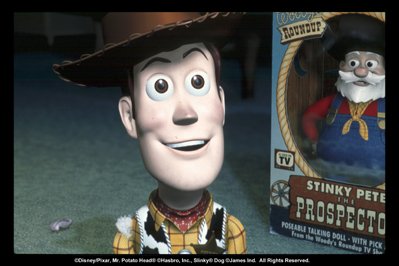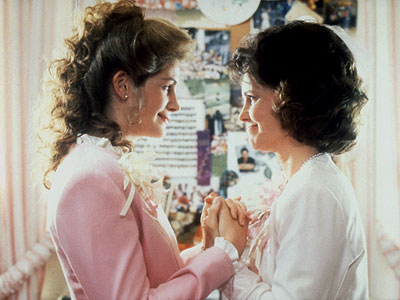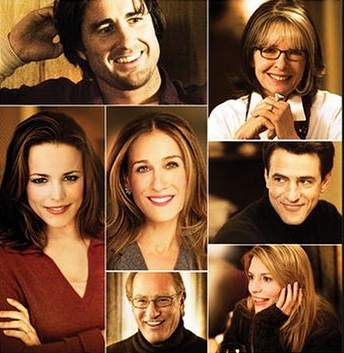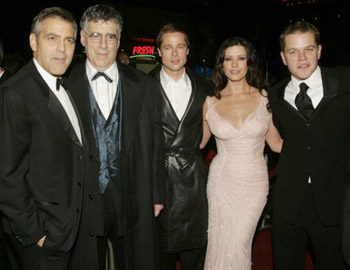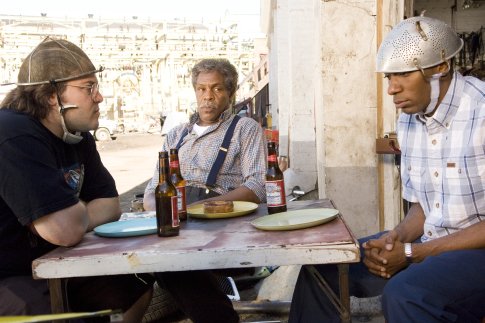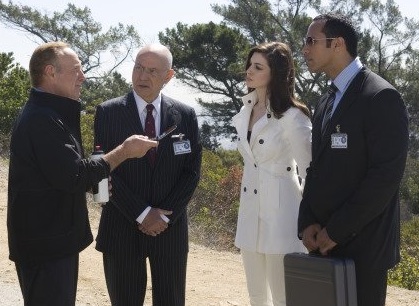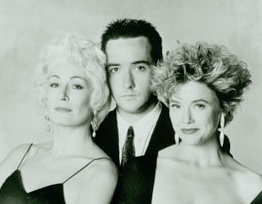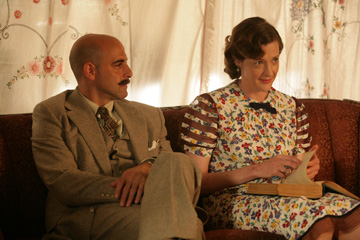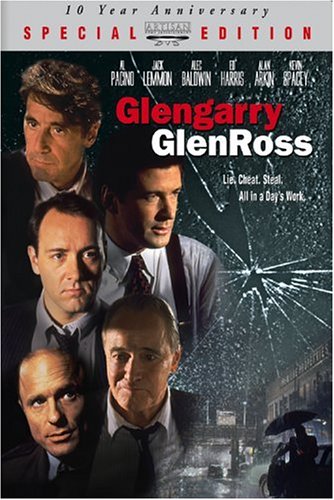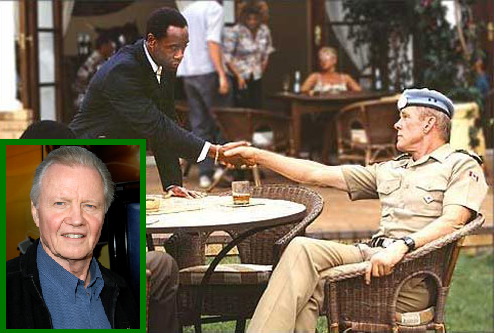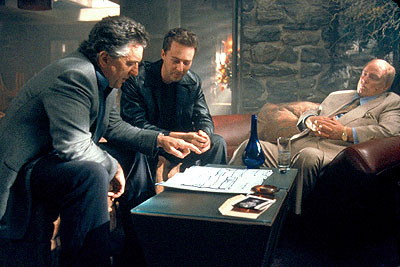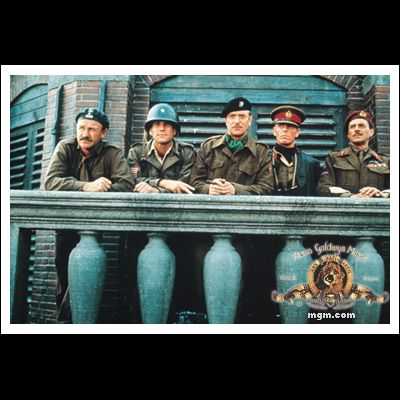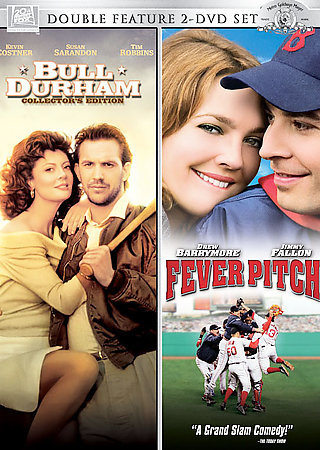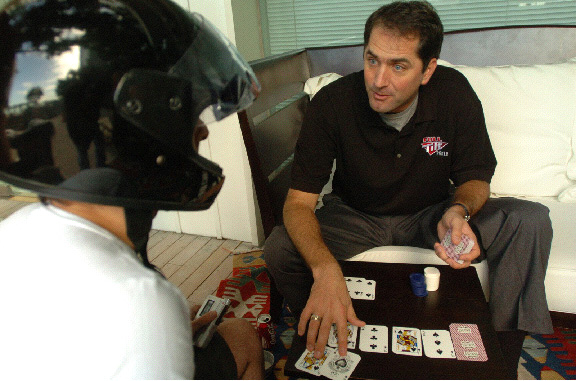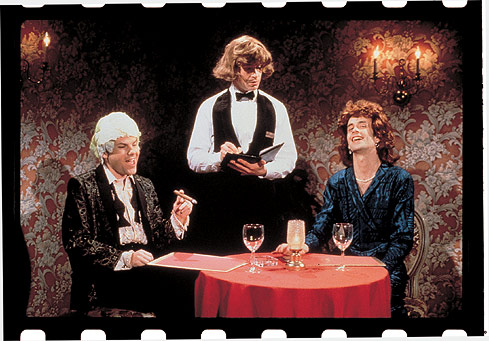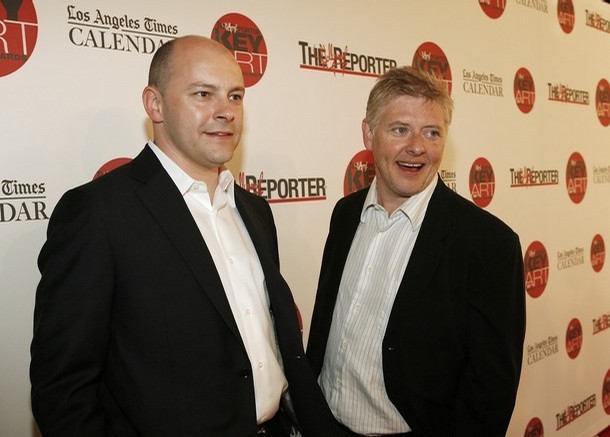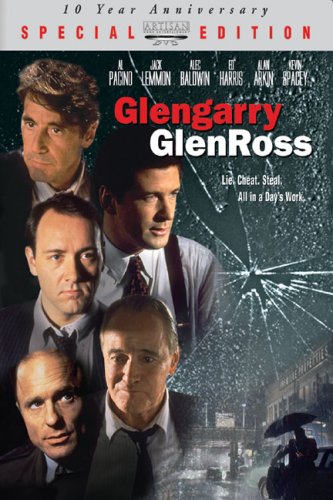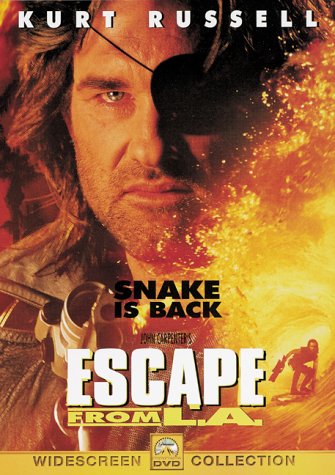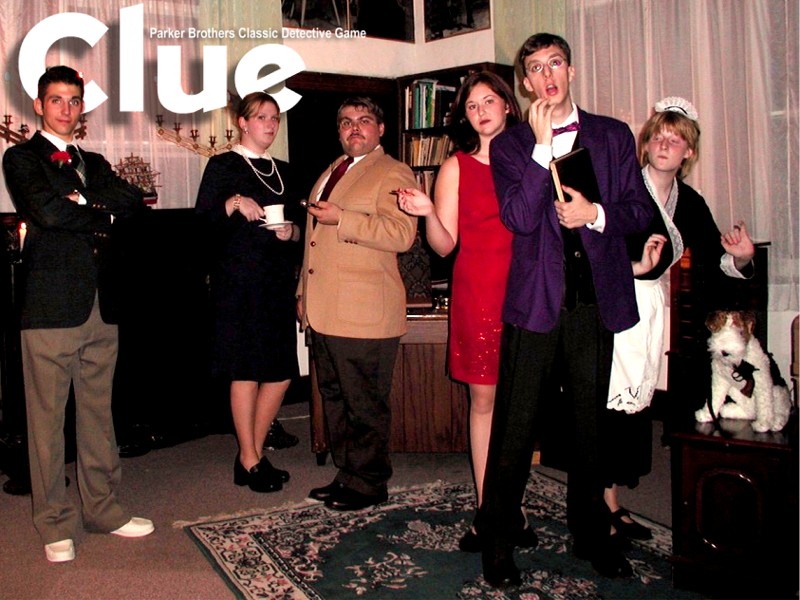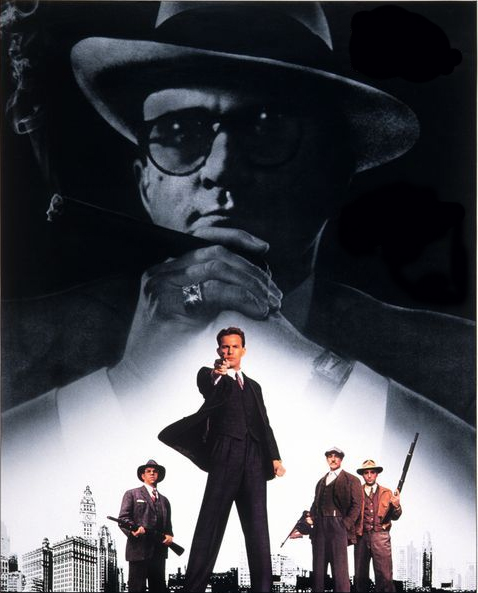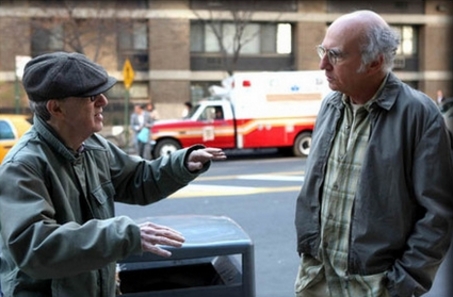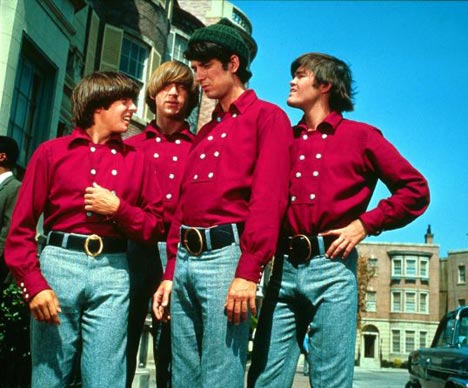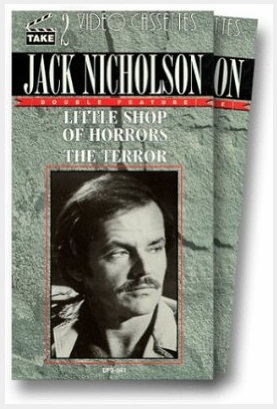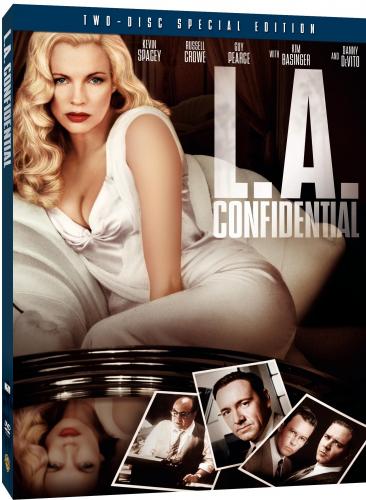Decade in Review
Tuesday, December 31st, 2019As I like to reflect on the best posts of the blog each year, it makes sense now to look back at the past decade of Shakespeare Teacher to see what’s been accomplished. Rather than individual posts, I’ll be reflecting on threads and themes, but I’ll still present it as a top ten countdown. Happy New Year, and I’ll see you in 2020!
10. Shakespeare Lists (2011 — 2014)
Sometimes my obsessive Shakespeare fandom runs over the brim, and I have to post a list. In 2011, it was a list of my favorite Shakespeare audio productions. Then, in 2012, I posted a list of Shakespeare’s Top 50 Most Underrated Characters. Later in the year, I added a list of retrochronisms, a word I coined to describe references that were correct in Shakespeare’s time, but potentially misleading when viewed through a modern lens. In 2013, I created a seven-point scale describing how historically “real” the characters in Shakespeare are. And, though it’s only tangentially related to Shakespeare, I’m going to include my 2014 list of literary devices in Disney’s Frozen. After that, I was content to let it go.
9. Shakespeare Follow-Up (2013 — 2017)
I’ve long been fascinated with the idea of Shakespeare’s works as a primary source document for Early Modern England. So when a character from one of the plays refers to “the glorious planet Sol” or proclaims that the “poor world is almost six thousand years old,” we are reminded that we are hearing a voice from over four centuries in the past. Digging into these instances has not only helped illuminate Shakespeare’s worldview for me, but has also given me the opportunity to explore a range of diverse topics from the nature vs. nurture debate to the history of lie detection.
8. Creative Celebrations (2011 — 2019)
It all started in 2011, when I was asked by the Shakespeare Birthplace Trust to participate in a project where bloggers across the Internet post how Shakespeare has influenced their lives, in celebration of Shakespeare’s birthday (April 23). I posted a tongue-in-cheek essay describing how Shakespeare destroyed my life. A week later, I followed up with a satirical post comparing the birther movement to the authorship deniers. This pair of posts got some nice attention and made me think that the occasional humor piece might be a nice addition to the blog. This led to the Shakespeare Autocorrect post on Christmas 2012. I thought it might be festive to do something special for the holiday season. But that one post brought in more traffic, reposts, and backlinks than anything I had ever written before. The following Christmas, 2013, I posted Shakespeare Clickbait, which also proved to be popular. In 2017 and 2018, I celebrated Shakespeare’s birthday with two posts comparing the current White House to characters from Shakespeare, first with Sean Spicer Does Shakespeare and then with Macbeth’s Twitter Feed. In 2019, I continued the birthday celebration with a collection of Shakespeare Memes. These posts remain some of the most popular on the blog.
7. Patriotic Poetry (2018 — 2019)
Sometimes I process my thoughts by writing poems. I don’t usually post them to the blog, other than the Thursday Morning Riddle, of course. But in advance of Independence Day 2018, I noticed a lot of my liberal friends on Facebook were wondering if they could still be patriotic during these troubling times. I wrote Anthem 2018 in response to this and posted it on July 4, because this is every bit as much our country as it is his and that’s ground I’m not willing to concede. On July 4 of this year, I posted another poem, Grateful, which focused on the supporters. I’ll probably do another one this coming July 4, but I’m hoping it won’t be necessary after that.
6. Career Highlights (2010 — 2016)
Shakespeare Teacher is essentially a one-man show, so when I get a cool gig in the Shakespeare Teacher world, it’s my pleasure to come here and share it with you. The decade kicked off nicely when I published a book chapter in 2010 on teaching Shakespeare in the elementary school. Then, in 2012, I had the opportunity to serve as a member of an Educational Advisory Board for the PBS documentary Shakespeare Uncovered. In 2016, I was hired as a “Shakespeare Expert” on a Shakespeare-themed Celebrity Cruise, giving four talks onboard the ship and escorting shore excursions to Shakespeare-related destinations.
5. Shakespeare Song Parodies (2012 — 2013)
This was a temporary weekly series, but one of my favorite features on the blog. Basically, each week I would take the lyrics to a well-known song and I’d rewrite them to make the song about Shakespeare. I ended up writing 40 parodies in total: one for each of Shakespeare’s 38 plays, one for the sonnets, and a final tribute to all of the plays together. It seemed to be a popular feature at the time, and remains one of the highlights of the site. It was also cited in a peer-reviewed journal article that discussed Shakespeare contrafacta (apparently the real term for what I was doing).
4. Shakespeare Anagram (Saturdays)
If you would have told me a decade ago that this feature would still be going, I’d have had my doubts. In recent years, I’ve been adding in a political essay along with the anagram, hoping the novelty of the art form might draw some attention to topics such as the scapegoating of immigrants or the administration’s family separation policy. But my favorite anagram of the decade was when I anagrammed a Shakespeare sonnet into a new sonnet to make a statement about marriage equity, almost a year before Obergfell v. Hodges would be decided.
3. Family Trees for Shakespeare’s Histories (2014 — 2018)
In the summer of 2014, I put together a series of family trees for members of the Plantagenet family who appear as characters in Shakespeare’s history tetralogies. The idea was that they would serve as a resource for 21st century Americans reading these plays that were written for the audiences of 16th century London. When the site was expanded in 2018, I elevated the trees to have their own page. Whether these charts help clarify or add additional confusion I leave as a judgement for the reader. But I sure learned a lot from compiling them.
2. Thursday Morning Riddle (Thursdays)
What can I say about the Thursday Morning Riddle? It’s my best friend. It’s my worst enemy. When I don’t have to wake up early, it wakes me up early, and when I do have to wake up early, it wakes me up earlier. It keeps me going when I can’t go any further, and it has sustained the blog though long periods when I didn’t have any other writing in me. It has entertained children, been a hit at dinner parties, and brought in new readers to the blog over the years. And I have to give a special shout-out to my friend Asher. This site might not be here today if, during those lean months, its readership had dropped to zero instead of a reliable one.
1. Shakespeare Reading Group Resource Page (2018)
I can’t tell you what I was put on this earth to do. But if the answers are in the back of the book, and I learn someday that it was to do this, I might not be entirely surprised. I take immense, almost religious, pleasure and fulfillment from participating in Shakespeare readings with like-minded friends, and if I can help bring that experience to others, then I must. What more could a Shakespeare Teacher ask for than an outlet to help bring the text to a wider audience? Go check it out, and see if you can gather a group together to give it a try.
